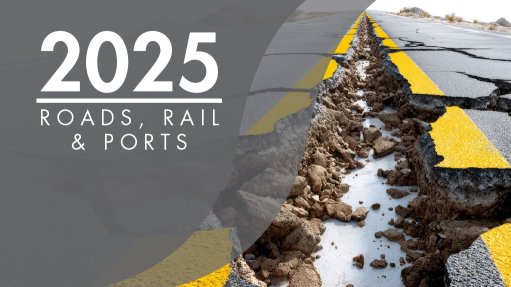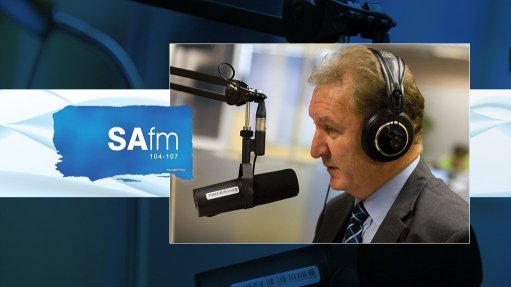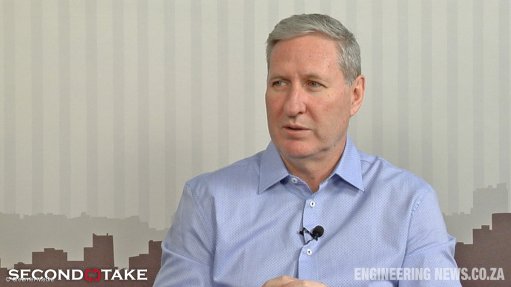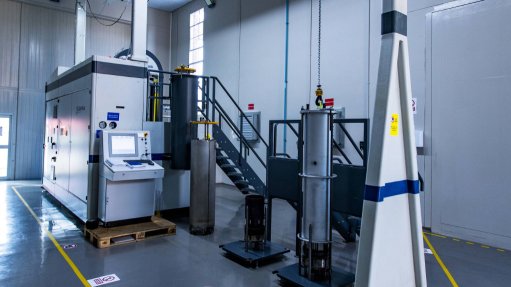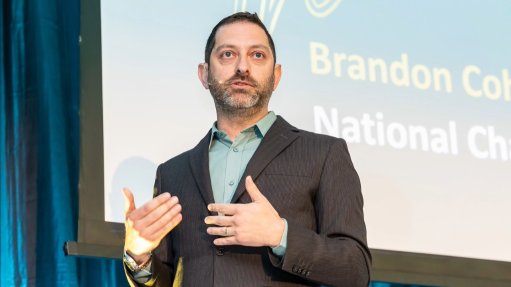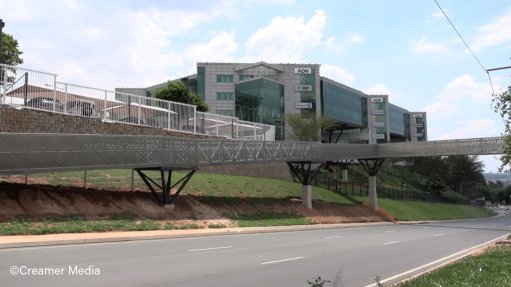Crisis of concentration
South Africa has the dubious distinction of being the world’s most unequal country, with a Gini co-efficient – a measure of inequality based on per capita consumption – of 0.63. The broader continental picture offers little reason for optimism.
Last month, Oxfam International – a global confederation of non-governmental organisations focused on reducing poverty and inequality and promoting social justice – produced a report titled ‘Africa’s Inequality Crisis and the Rise of the Super-Rich’. Its findings are sobering: only four individuals, all men, hold more wealth than roughly half the continent’s population.
That’s just the beginning. African dollar millionaires, who account for 0.02% of the population, own nearly 20% of the continent’s wealth. In contrast, the bottom 50% possesses less than 1%. Nearly half of the 50 most unequal countries are in Africa. Since 2020, the average income of the richest 1% has increased five times faster than that of the poorest half. Women are particularly disadvantaged, owning just a third of the wealth of their male counterparts.
The wealthiest Africans include Nigeria’s Aliko Dangote, with a net worth of $23.3- billion, followed by South Africa’s Johann Rupert and Nicky Oppenheimer and their families, worth $14.2-billion and $9.4-billion respectively. Completing this elite group – whose combined wealth exceeds that of 50% of all Africans – is Egypt’s Nassef Sawiris, with a net worth of about $9.4-billion.
The wealthiest four are among the 23 dollar billionaires on the continent – a number that has risen from zero at the turn of the millennium. Over the past five years alone, their collective wealth has surged by 56%, reaching $112.6-billion.
Since the Covid-19 pandemic, wealth inequality in Africa has widened significantly. While billionaires have seen their fortune soar, those at the bottom of the totem pole are sinking deeper into poverty. This is unfolding amid a cost-of-living crisis that continues to strain households. The numbers are stark: 846.6- million Africans faced food insecurity in 2023, an increase of 20-million from 2022 and 167- million more than in 2019.
Oxfam argues that this situation is not natural or inevitable, but rather the result of unjust policies and structures – nationally and globally – that allow Africa’s wealth to flow to a privileged few instead of benefiting the majority.
To its credit, the African Union (AU) acknowledges the need to address inequality, which it sees as a barrier to the success of its development blueprint, Agenda 2063. In 2024, it formulated a new goal to reduce inequality by 15% over the coming decade.
Experts note that reducing inequality even slightly could yield substantial gains. A 2% yearly reduction, coupled with 2% GDP growth, could end extreme poverty in Africa two-and-a-half times faster than the current rate. In fact, an additional 71-million people could be lifted out of extreme poverty over the next five years if inequality were reduced by just 2% a year.
Despite bold commitments by AU member countries to reduce inequality by 15% over the next ten years, actual progress has been dismal. Oxfam laments: “Among all regions of the world, Africa scores lowest on governments’ average commitment to reducing inequality in 2024, and the already low commitment has weakened since 2022.”
The numbers back this up. Across the continent, countries whose data Oxfam has accessed have cut their budgets for education, health and social protection over the past couple of years, while 89% have regressed on labour rights, minimum wages and the provision of what trade unions refer to as quality jobs – those offering fair wages, good working conditions, job security, and opportunities for growth and development.
Equally troubling is the backsliding on progressive taxation, with 79% of African countries moving in the wrong direction. Oxfam proposes a simple yet powerful model: impose a modest 1% tax on the income and wealth of the richest 1% of Africans – roughly 14.7- million people. Oxfam calculates this could help raise nearly $66-billion a year – enough to fully fund quality education and electrify homes and businesses across the continent, with about $2-billion to spare.
The potential is there. The resources are there. But the question is: Do our elected leaders have the political will to act?
Article Enquiry
Email Article
Save Article
Feedback
To advertise email advertising@creamermedia.co.za or click here
Comments
Announcements
What's On
Subscribe to improve your user experience...
Option 1 (equivalent of R125 a month):
Receive a weekly copy of Creamer Media's Engineering News & Mining Weekly magazine
(print copy for those in South Africa and e-magazine for those outside of South Africa)
Receive daily email newsletters
Access to full search results
Access archive of magazine back copies
Access to Projects in Progress
Access to ONE Research Report of your choice in PDF format
Option 2 (equivalent of R375 a month):
All benefits from Option 1
PLUS
Access to Creamer Media's Research Channel Africa for ALL Research Reports, in PDF format, on various industrial and mining sectors
including Electricity; Water; Energy Transition; Hydrogen; Roads, Rail and Ports; Coal; Gold; Platinum; Battery Metals; etc.
Already a subscriber?
Forgotten your password?
Receive weekly copy of Creamer Media's Engineering News & Mining Weekly magazine (print copy for those in South Africa and e-magazine for those outside of South Africa)
➕
Recieve daily email newsletters
➕
Access to full search results
➕
Access archive of magazine back copies
➕
Access to Projects in Progress
➕
Access to ONE Research Report of your choice in PDF format
RESEARCH CHANNEL AFRICA
R4500 (equivalent of R375 a month)
SUBSCRIBEAll benefits from Option 1
➕
Access to Creamer Media's Research Channel Africa for ALL Research Reports on various industrial and mining sectors, in PDF format, including on:
Electricity
➕
Water
➕
Energy Transition
➕
Hydrogen
➕
Roads, Rail and Ports
➕
Coal
➕
Gold
➕
Platinum
➕
Battery Metals
➕
etc.
Receive all benefits from Option 1 or Option 2 delivered to numerous people at your company
➕
Multiple User names and Passwords for simultaneous log-ins
➕
Intranet integration access to all in your organisation




